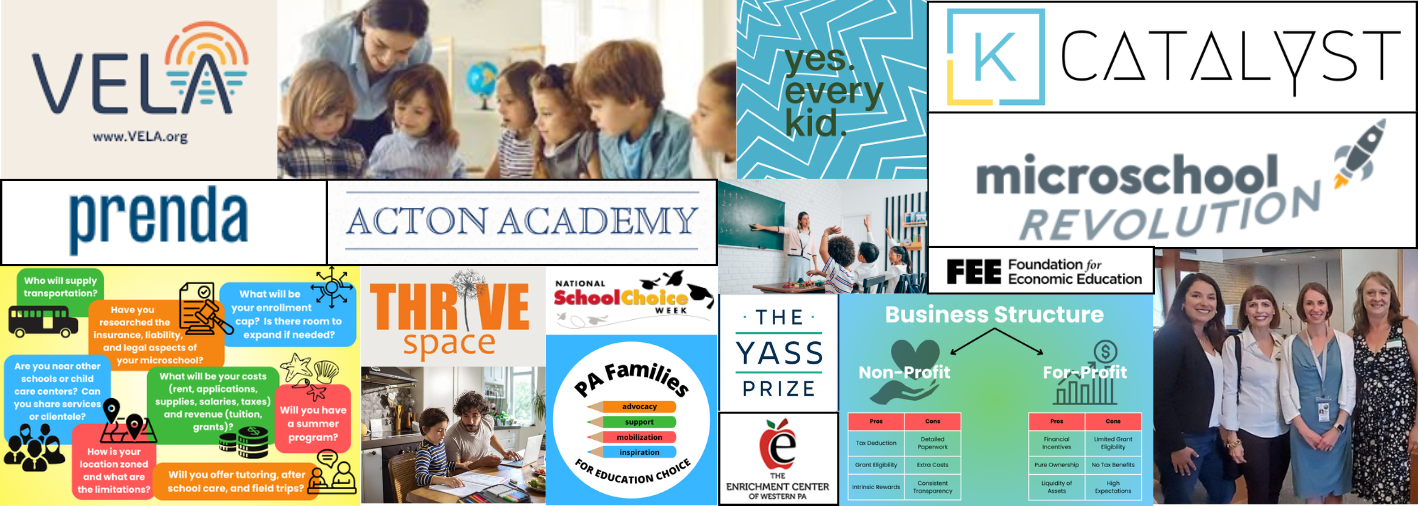What is open enrollment? Is my child eligible?
April 10, 2024 | Sharon Sedlar


Open enrollment in K-12 education allows students to move to a district school not automatically assigned to them. For instance, if a child moves midway through the year from one side of the district to another, the district may allow the child to stay in their original school building until the conclusion of the school year – or even beyond. If a child is having difficulty within their home school district (let’s say, it’s a very small district for example and there is only one elementary school), or could benefit from services across district lines (such as in specialized services), permission could be granted from their respective cooperative school districts to move to an entirely different district while still residing in their original home.
In Pennsylvania, the law allows this to occur, but at the discretion of the local school district.
Remember – there are two types of open enrollment:
- Intradistrict open enrollment policy allows a student to enroll in a school location within the residentially assigned school district.
- Interdistrict open enrollment policy allows a student to enroll in a school location outside of the residentially assigned school district (family-paid tuition may be required).
Because district board policies differ, a parent would have to dig into their particular board district policy documents (typically available online). An example of a district that allows such flexibility is Lancaster School District.
For more information on open enrollment policies in the United States, Pennsylvania, and how we compare, check out these reports:
- yes. every kid. New report examines state-by-state policy on flexible access to public schools
- Reason Foundation Ranking the K-12 open enrollment laws passed in 2023







